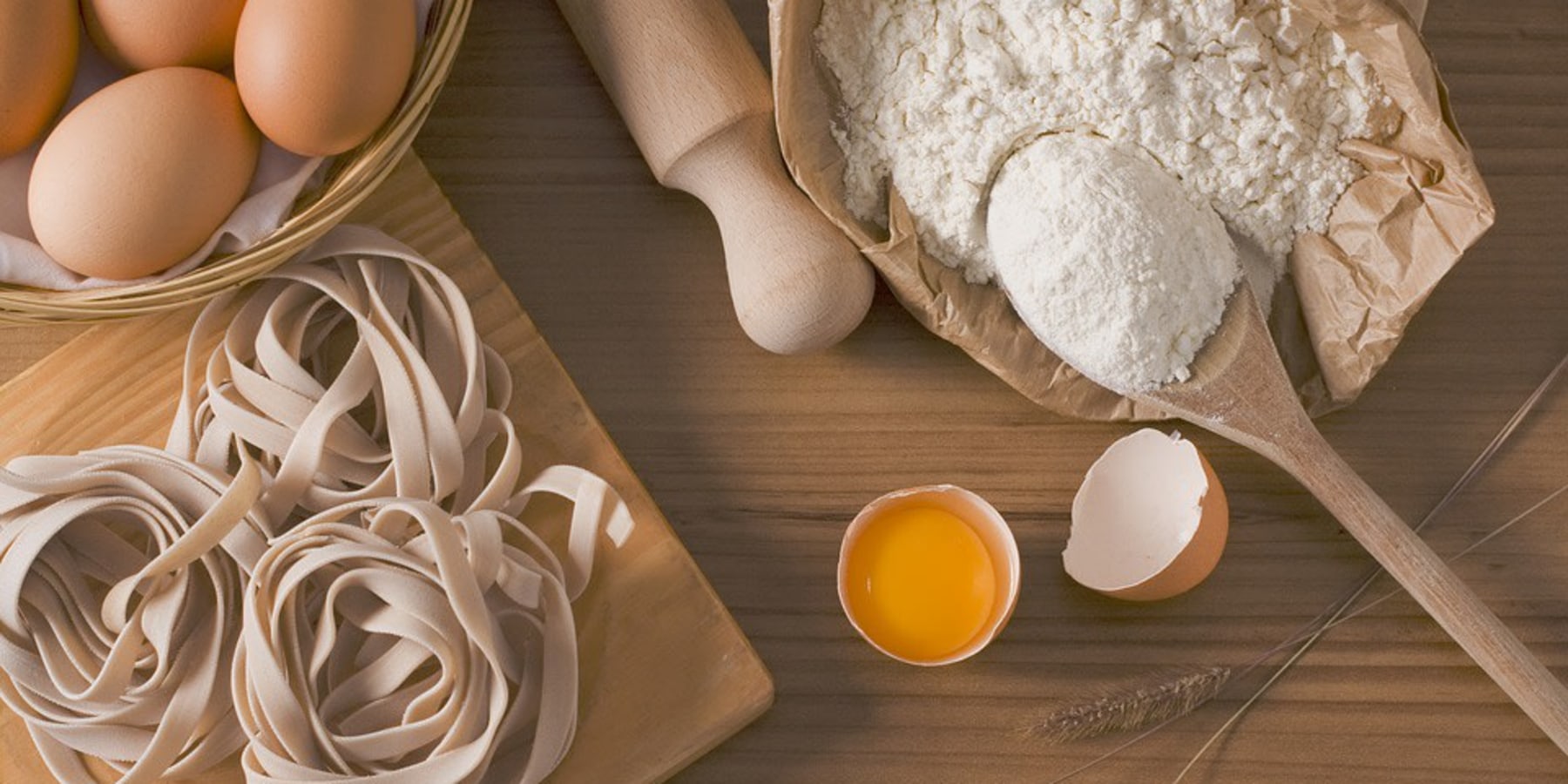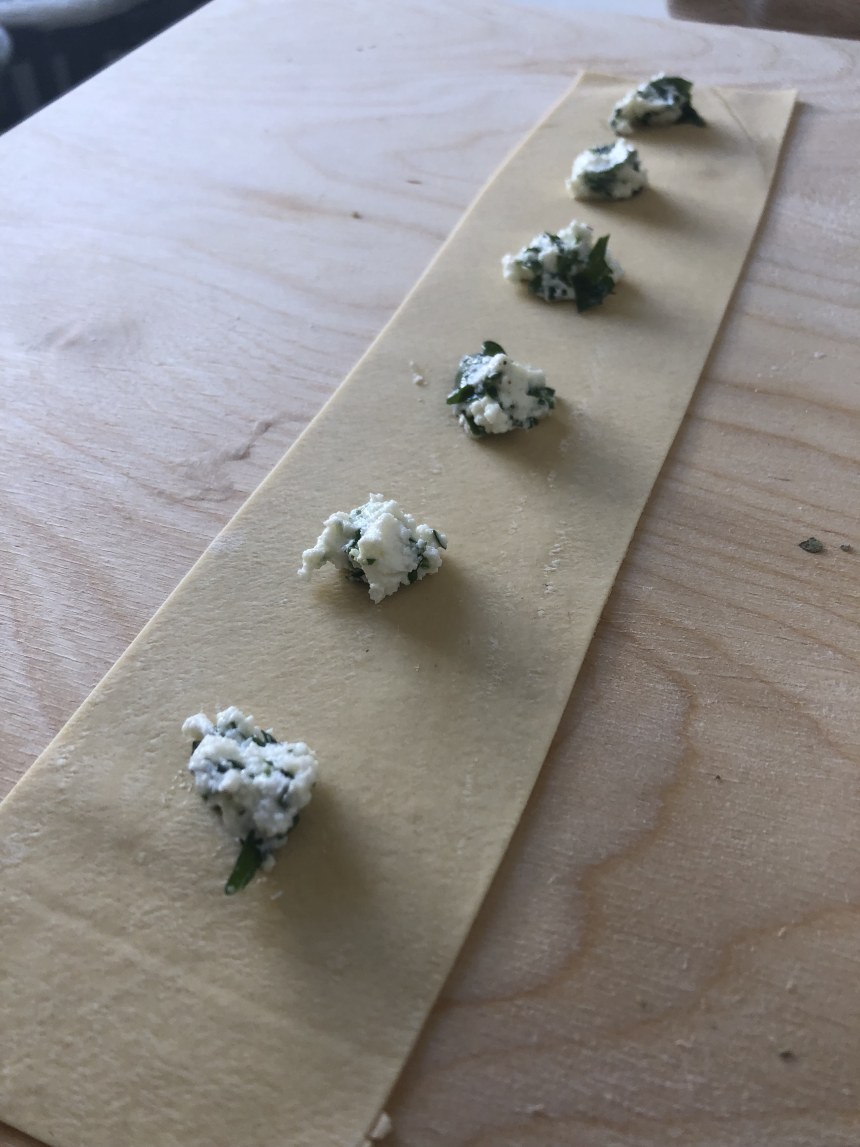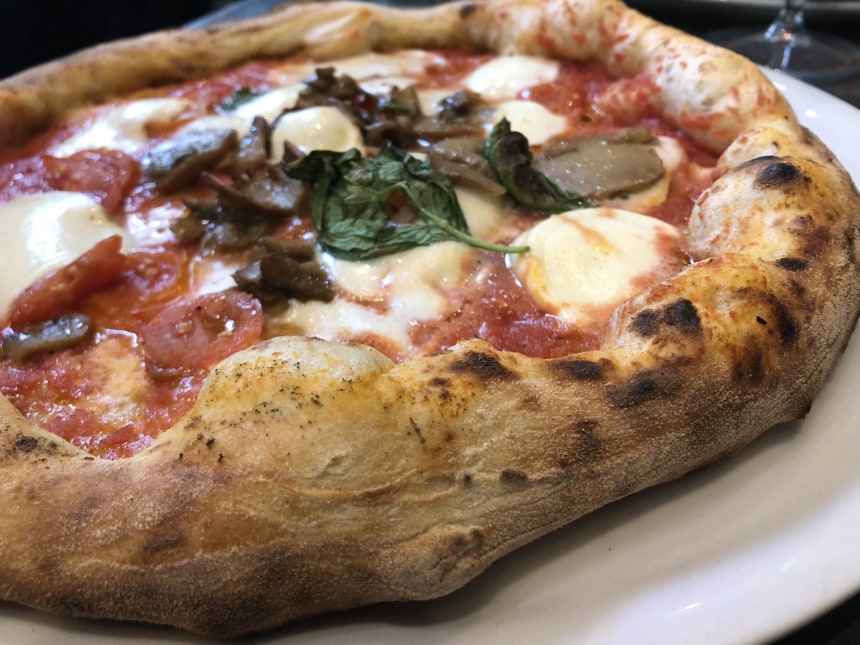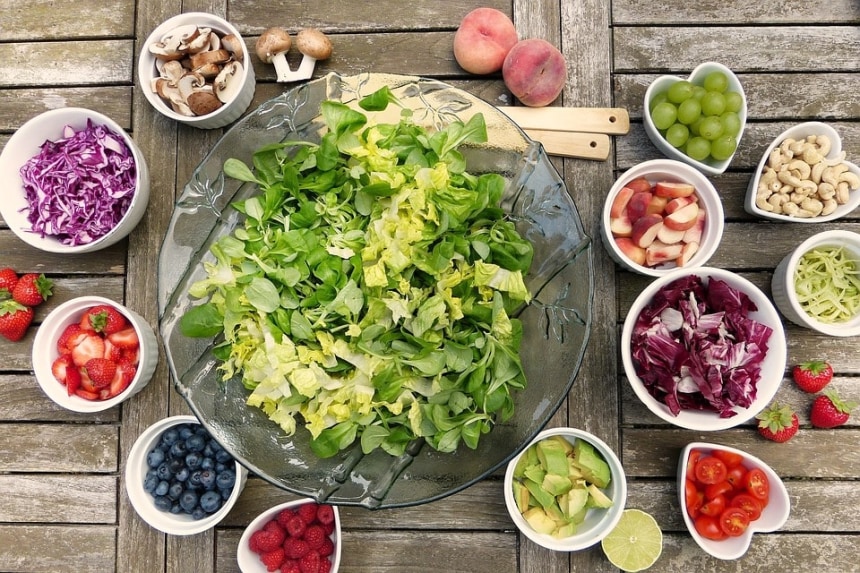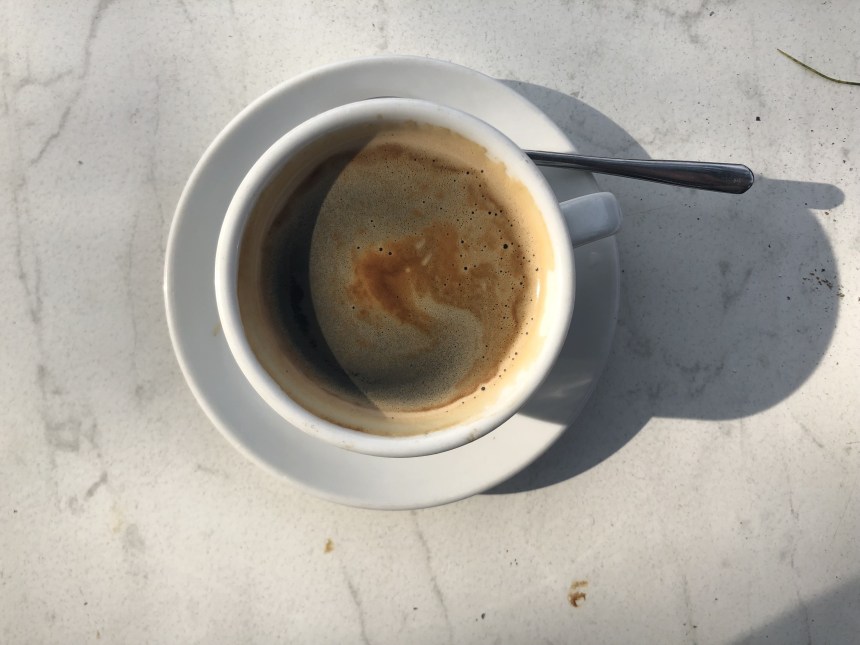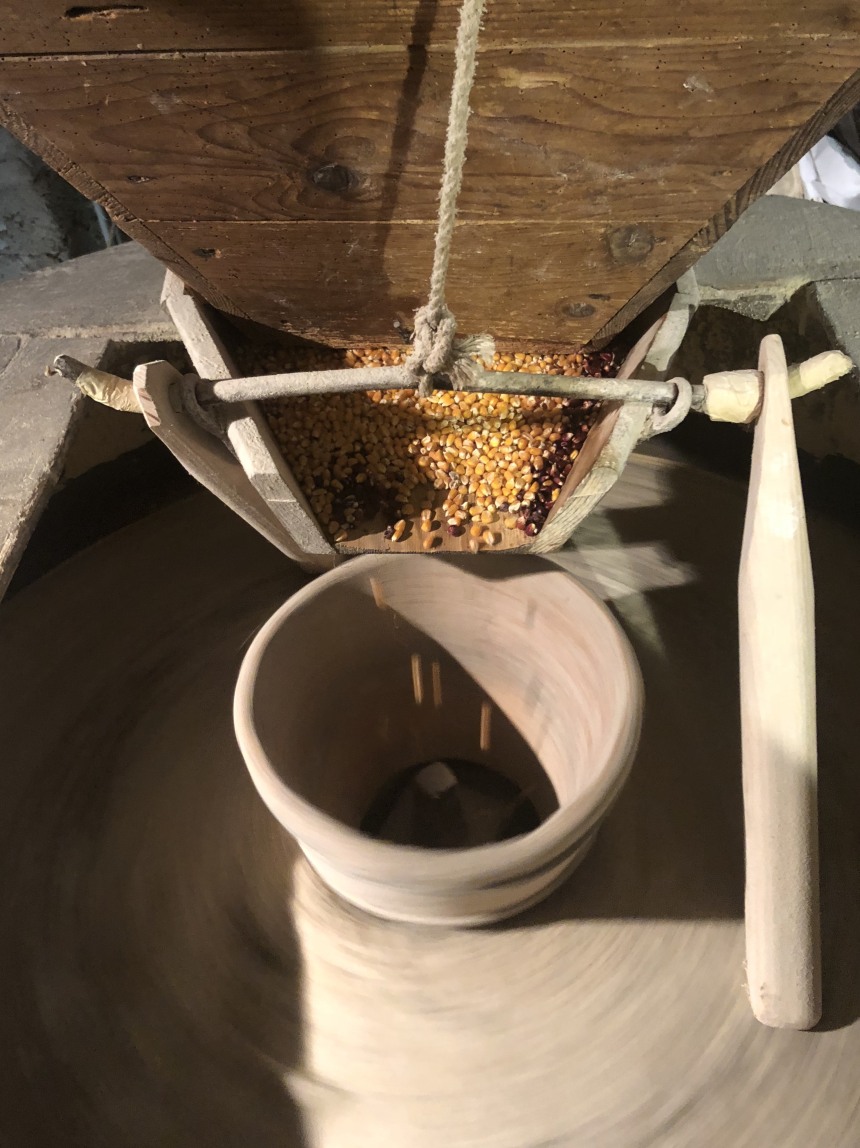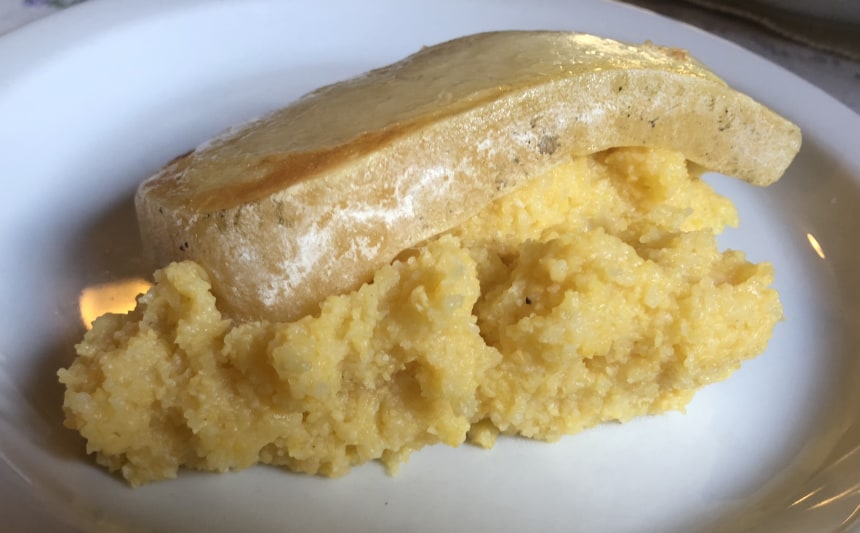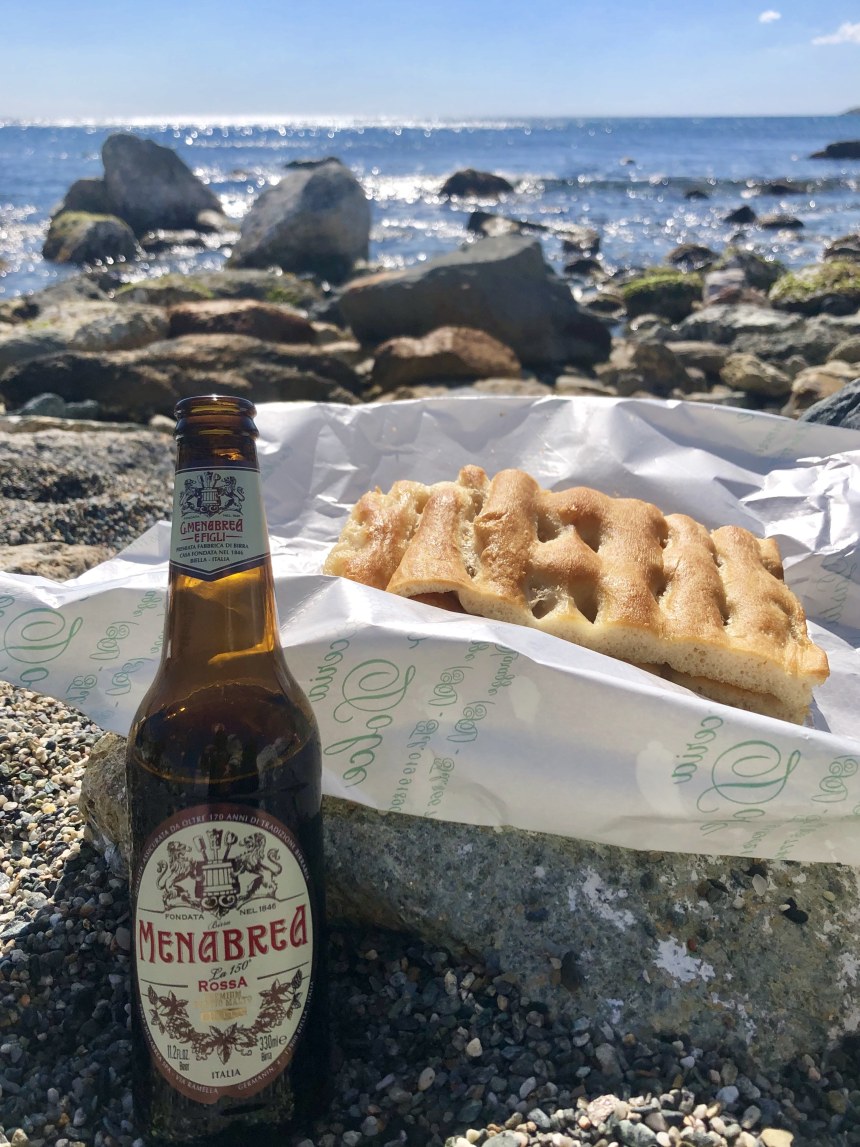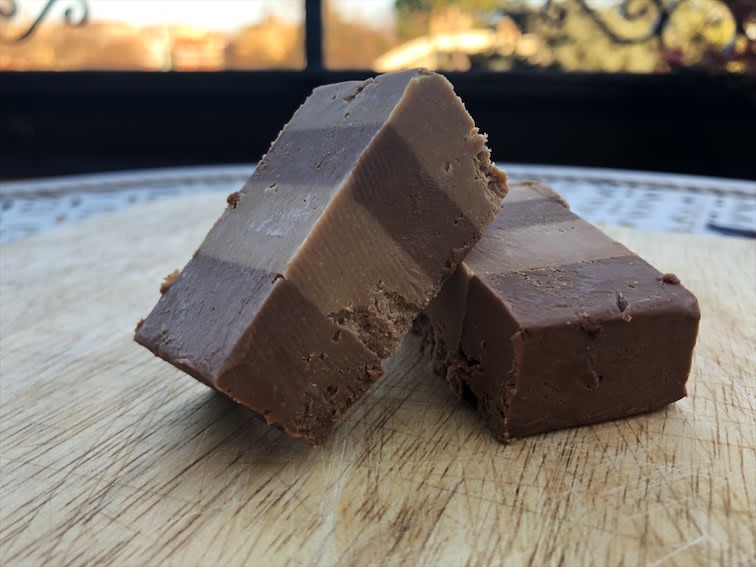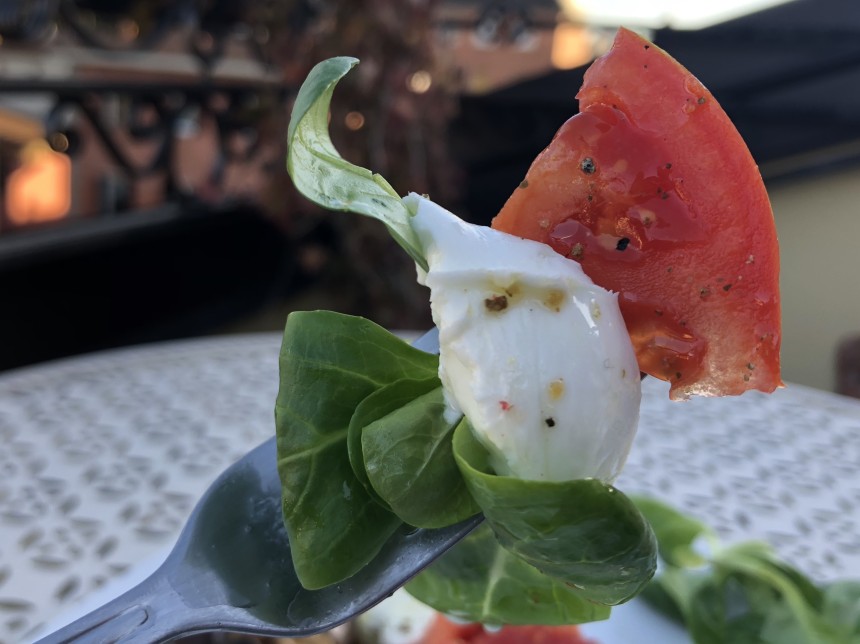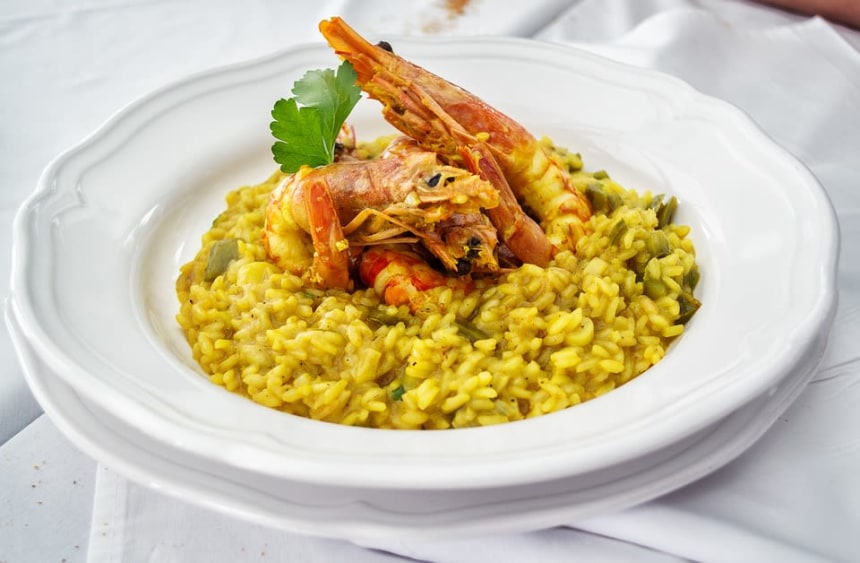| 11 mins read
Erin Skahan
Italy has long been considered a food lover’s paradise. Visiting a country so rooted in culinary tradition can be daunting unless you know where to begin. The tips below will not only help you plan your trip, but also provide insight into regional specialties, and the way food has influenced Italian culture.
Quality and Simplicity
If you had to sum up Italian food in one word, it would be quality. Italians have a sixth sense when it comes to food, and they can often tell just by looking at something whether or not it will satisfy their discerning palate. As a general rule, if a restaurant isn’t full of Italians, keep moving. This is especially true in the more tourist-heavy cities, like Milan, Venice, Florence, and Rome.
If you had to choose a second word, Italian food would also be described as simple. The flavours of each ingredient are allowed to shine individually, often with only olive oil or salt being added for enhancement. Produce is detached from the source only at the peak of freshness, delivering every tomato and grape at the sweetest moment. This is why seasonality drives menus in Italy. You might only find 4-5 options to choose from when you look at a menu, but you can guarantee that each of those options is fresh, seasonal, and simple.
Food and Family
For any food-obsessed person, one very Italian tendency will feel instantly familiar: planning your day around food. Marathon-like family meals are notorious across all parts of Italy, for special occasions, or when extended family is visiting. Knowing you’ll be devoting 5-7 hours to dinner will help you make smart choices earlier in the day.
Breakfast is an on-the-go activity, with a quick espresso and brioche being most common. The first proper meal of the day is usually around 1:30 in the afternoon, and even in the work-focused city of Milan, employers still allow an hour and a half or two hours for this pausa. Yet another indication of the importance given to meal time is this opportunity to enjoy food slowly.
The kitchen is the heart of the family home in Italy, and it’s almost always occupied. The fresh scent of basil in the summer months or a rich and fragrant sugo bolognese simmering on the stove top, these are familiar parts of everyday Italian life. For all of the time that goes into preparing food, an equal amount of time is devoted to eating it. In part, this is due to the many courses, allowing time for guests to be properly appetized, adequately fed, and fully digested, with plenty of breaks in between.
The primi, or first course, might traditionally begin with a prosecco or spritz and finger foods such as olives or taralli, crispy little bread sticks shaped into rings. Italians always consume a small bit of food when drinking alcohol, as this keeps the side effects from taking control, while also giving you the endurance you’ll need to make it to the end of a long dining experience.
Next comes the antipasti, usually consisting of a few local meats and cheeses, and maybe a few bite-sized bruschetta options.
This is followed by the primo, a small dish which varies by region. In the north, you might have polenta, gnocchi, or a risotto dish, whereas in the southern parts of Italy, you’d likely be served a pizzetta, farro zuppa, or a warm salad served with the ancient grain as a base.
Eventually, the time has come for the main course, the secondi. This is generally a meat or seafood dish, sometimes served with a contorno, a raw or cooked vegetable side.
If the vegetable side was cooked, you’ll probably also be in store for the insalata, some variation of leafy greens with fresh, raw ingredients.
Next up is the formaggi e frutta, a course that focuses on the perfect pairing of local cheeses and seasonal fruits.
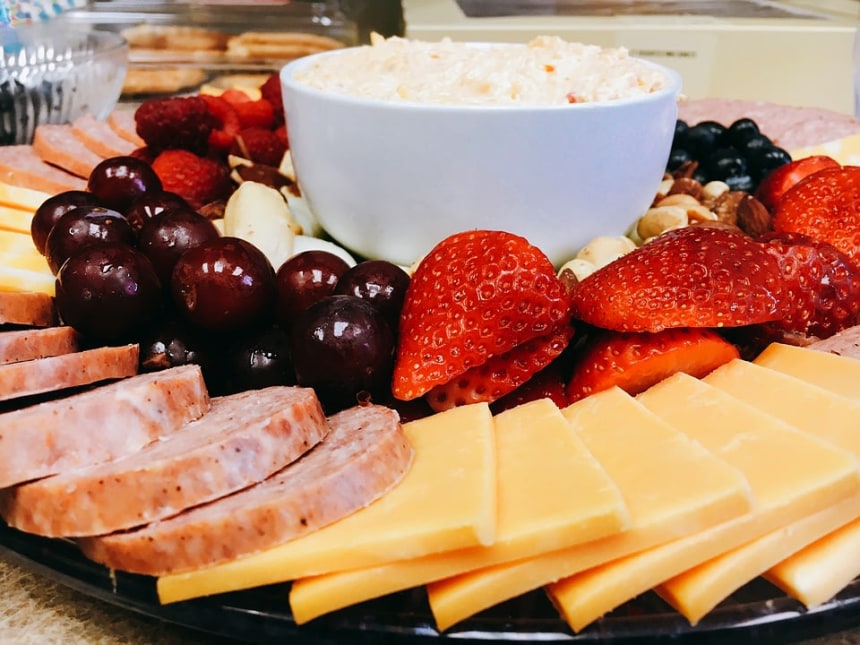
Rounding out the end of the courses are the caffè and digestivo, which can be served in either order. Espresso, paired with the bitter properties of the amaro, will aid in the recovery from the feast. This final course could go on repeating itself for a few more hours, depending on how many varieties of amaro are available, and the number of guitars that happen to be sitting around.
If you find yourself a part of a family dinner in Italy, just remember that it’s not the occasion for skinny jeans. Try everything, eat slowly, and savor the experience. Then, as you peel yourself from the chair you’ve occupied for the better part of a day, just tell yourself: “domani...insalata!” (tomorrow...salad)!
Regional Specialties
Knowing what to eat in Italy depends heavily on where you are. Certain regions are known for their own specialties, and it helps to know this when you’re planning your trip. If you’re dying to know how to make pesto and your entire vacation is spent in Calabria, you’ll find that you’re in the wrong place for what you came for. The birthplaces of Italian foods are a huge sense of pride in the regions, so it’s important to recognize this as you’re traveling and tasting your way through the country.
Northern Italy
For serious culinary enthusiasts, Bologna has to be the starting point. Famous for handmade tortellini and meaty ragú, everything about the city makes you think of food, from the smell of the air to the beautiful shop window displays. Spend at least a day or two here and have a local tour guide help you navigate the city to hit the best spots. This is a city full of restaurants and markets specializing in meats, cheeses, olives, and wine.
The best place to start is the Mercato delle Erbe on the west side of the city center, where you can walk amongst the well-organized stalls and salumerias, sample some cheese, buy affordable local wine (you can buy by the gallon, so stock up), and grab lunch at one of the informal restaurants inside.

Polenta is a staple of the north, and the thing to try here is Polenta Taragna. This classic dish consists of a combination of ground cornmeal and buckwheat flour and is served with cheese and butter mixed in for a hearty and warming feed. It’s most famous in the mountain regions, so try it near Brescia or Valtellina for the most authentic examples. Worth a visit is the hydraulic mill in Bienno, dating back to the 15th century, and still in operation. If you’re going to buy polenta to take home, this is the place to buy it, with the opportunity to see the old water-powered mill in action.
For pesto and focaccia lovers, Liguria is a must. The scent of fresh basil mixes with the salty air here and your taste buds will naturally be on high alert. There is nothing better than buying a tub of fresh pesto and a slice of warm focaccia from a local focacceria, finding a spot on the beach, and enjoying the views of the Italian Riviera as the oily bread and pesto genovese completely take over your senses. It’s an oil party, but it’s a quality oil party. And remember, no guilt: domani...insalata. Right?
Since we’re saving salads for tomorrow, you’d better leave room to satisfy your sweet tooth. Tiramisu is well-known, but the best versions of it are found throughout Veneto. For chocolate lovers, Piedemonte offers something truly unique called cremino. This is a soft, melty truffle-like chocolate that is sold by the weight. Have them cut a slice and (intend to) take it home. Cremino is the most seductive siren of all chocolates, so It won’t last, but at least you tried!
Southern Italy
If you’re a lover of mozzarella di bufala, the Campagna region is where to start exploring the south. Have a Margherita di bufala pizza in Naples, and make sure they put the mozzarella di bufala on after the pizza has been cooked to get the full flavor of this milky, delicate cheese.
If you head east towards Puglia, try the famous orecchiette, the little ear-shaped pasta formed by pressing a thumb to the dough. You can often see women making this pasta on tables set up along the narrow village streets, as they sometimes run out of room in the kitchen and need to expand their workspace.
For some heat, head to Calabria where they are famous for their countless pepper varieties. Calabrian chilis are used to spice up oil for pizza, and for making varying levels of chili paste that can be added to pasta or sauces for some heat.
Sicily and Sardinia are for seafood lovers. Have a local tour guide recommend a quality pescheria cooperativa for an authentic sea to table experience. Everything is served directly from the boats, and you don’t really know what you’ll be eating until it shows up on the table. Dishes are served family style, and the course order is quite traditional, so prepare for a feast. Bottarga is a unique specialty from the village of Cabras in Sardinia, consisting of bright orange shavings from the sun-dried roe sacs of grey mullet. It has a salty, distinct flavor and is usually added to rice or couscous.
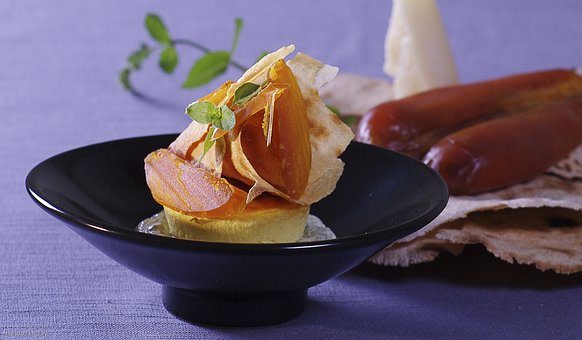
Culture and Tradition
All of this comes together to form a country and a people linked heavily and intimately with food. Traditional ways are carefully passed down, and because of the hard-lined specificity of the Italian food psyche, things don’t change much. Family recipes are known by heart, made according to exact (often unwritten) instructions, and are unchanged for generations.
Italy is not a country where you’ll easily find “fusion” restaurants or many places experimenting with fancy foams and pompous presentation. Tradition translates into stability. Regardless of what happens outside the home and family, the protection of these traditional recipes, and respect to rules around consuming food, remain stable, offering a feeling of security. This serves to bond families and can provoke intense (but ultimately light-hearted) arguments about whose nonna makes the best risotto milanese.
Order is important when it comes to Italian food, as is clearly reflected in the traditional course layout, meant to build on each previous dish without impeding upon the next. Cheese must be eaten in order of strength, no milky coffee afternoon, as it’s too rich for the stomach to digest after a meal. Cream may be served with seafood, but never cheese. Only oil on salads, there’s no such thing as Italian dressing. The list goes on. The care for human digestion should not come as a surprise. That same obsessive, meticulous attention is equally applied to art, fashion, and architecture throughout Italy.
Planning
In terms of food, Italy is bigger than it looks. The food here is something that takes time to understand and should be slowly and emphatically enjoyed. One of the best perks of traveling to such a food-obsessed country is the ubiquity of food-related tours, including group cooking courses, private in-home lessons, and other tours offering exclusive tastings in top-rated restaurants. Connecting with a local tour guide is the most efficient method for finding what best suits your budget and interests as well as organize amongst endless combinations of food and history.
"Erin is an experienced solo traveler, interested in how food shapes culture. She cooks and writes her way through cities and villages, primarily focusing on Western Europe."
Image details and licenses
{Photos of PIzza with mozzarella di bufala
Polenta with cheese
Hydraulic mill in Bienno
Tomato, basil and fresh mozzarella
Negroni
Coffee break
Homemade tortellini
Focaccia in Liguria
Squid ink linguine with prawns
Pistacchio and Nutella gelato by Erin Skahan; all rights reserved.}
Balsamics of Modena: https://flic.kr/p/mN72HL (Shawn Harquail, CC BY-NC 2.0),

